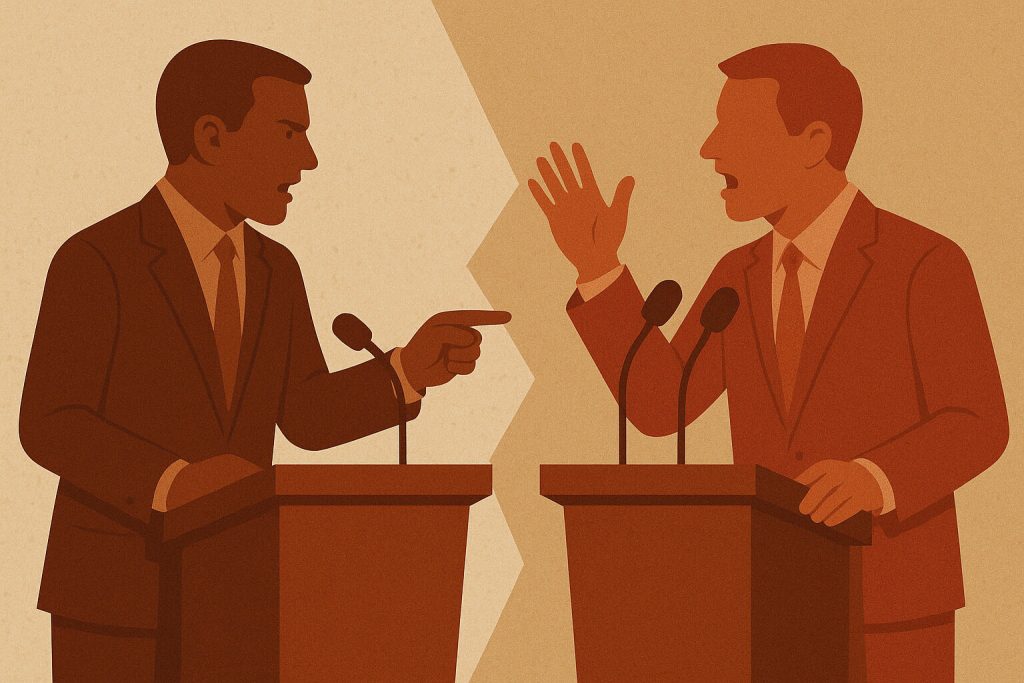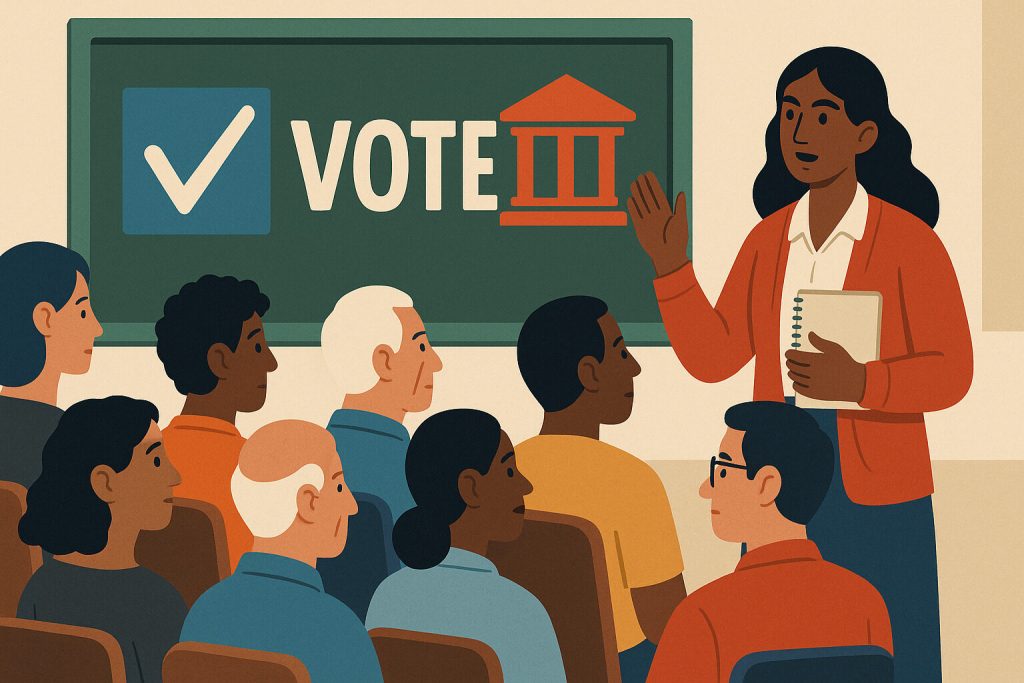
Understanding the Difference Between Public Affairs and Public Relations
Today, it’s essential for businesses, organizations, and government agencies to deliver their messages effectively. However, with so many terms used in the field of communication, many people get confused about the difference between public affairs and public relations. While they overlap in some areas, they differ significantly in purpose, scope, and style.
Public affairs typically deals with policy, regulation, and government relations. It focuses on giving institutions a voice before lawmakers and government decision-makers. Meanwhile, public relations (PR) is concerned with managing an organization’s image before the public, media, and various stakeholders.
Understanding the correct use of each is important not just for communication professionals but also for anyone who wants to expand their knowledge in strategic communication.
The Purpose of Public Affairs
Public affairs is concerned with engaging government bodies, officials, and stakeholders who influence policymaking. Its aim is to establish strong relationships to convey an organization’s stance on key societal, economic, and environmental issues.
It is commonly used by corporations, unions, and nonprofit organizations to maintain good relations with policymakers. For example, if new legislation may impact the energy industry, the public affairs team will act to explain how it will affect the company and its employees.
This work is often less visible to the public but has significant impact. Professionals in this field usually have backgrounds in political communication or law and are skilled at analyzing policy proposals.
The Scope of Public Relations
Public relations focuses more on the organization’s overall image in the public eye. It includes writing press releases, engaging with media, developing crisis communication plans, and maintaining brand reputation. Its main goal is to create a positive perception among consumers, journalists, and the broader audience.
For instance, if a company faces controversy, the PR team crafts the message to clarify their side and retain public trust. They also run campaigns to boost brand awareness for new products.
PR isn’t just about image polishing. It is rooted in truth and ethical communication. It uses media, social platforms, and public events to capture the attention of a broader audience.
Different Audiences, Different Messages
The key difference between the two disciplines lies in their target audiences. Public affairs addresses government figures—senators, lawmakers, regulators, and agencies—while PR focuses on the general public, media, and consumers.
Public affairs messaging is often technical and data-driven, usually relating to laws or regulations. For example, they may submit a position paper showing how legislation affects business operations. On the other hand, PR messaging tends to be more emotional and directly influences public perception, such as campaigns on product safety.
Despite these differences, both fields require clear messaging, aim to gain trust, and must be grounded in accurate and truthful information.
Collaboration Between Two Disciplines
While each has its own focus, public affairs and public relations often work together in unified campaigns. When a political issue affects a company’s image, close coordination between the two teams ensures consistent messaging to both the public and policymakers.
For instance, if a law could change how a company operates, the public affairs team would lobby in Congress, while the PR team would inform the public about the issue’s significance and its impact.
A campaign’s success often depends on the collaboration of both teams. This way, each audience receives a clear message, and communication remains aligned and conflict-free.
The Value of Credibility in Public Discourse
In both fields, credibility is essential. Honest communication builds successful relationships. In public affairs, it means being transparent about a company’s position on issues. In PR, it involves responding quickly and truthfully to controversies or problems.
Organizations known for honesty are more likely to be heard by lawmakers and trusted by the public. In the age of social media, a single misstep can spread rapidly and damage reputations. That’s why communication decisions must be carefully thought out.
Sometimes, delivering bad news honestly and responsibly is more effective than trying to hide it. This kind of communication strengthens relationships and shows respect for the audience.
Training and Skills Needed
Professionals in both public affairs and PR must be skilled in writing, speaking, and information analysis. However, each field has its own ideal skill sets. Public affairs professionals often have backgrounds in public policy, political science, or legal studies.
PR professionals are typically trained in journalism, media studies, or marketing. They are experienced in producing press kits, managing crisis responses, and developing creative campaigns. Both roles require critical thinking, emotional intelligence, and the ability to work under pressure.
Ongoing training is essential in both disciplines. With rapid changes in technology and media, professionals must adapt to new platforms, communication styles, and public expectations.
The Impact of Technology on Both Fields
Digital media and online platforms have transformed how public affairs and PR operate. In public affairs, it’s now easier to reach policymakers through emails, webinars, and digital lobbying tools. In PR, social media has accelerated public feedback loops.
However, the risks of misinformation have also increased. Both fields must be more cautious about their messaging and stay alert to how the public perceives them. Every post, statement, or ad can spark backlash if not managed carefully.
Communication work has become more dynamic. A simple press release or event is no longer enough. A full digital strategy, monitoring tools, and audience behavior insights are now necessary. Technology brings opportunity—but also added responsibility.
Crisis Management in the Public Arena
In times of crisis—such as scandals, accidents, or policy disputes—the roles of public affairs and PR become clearer. These situations call for a solid communication plan to preserve trust and credibility.
The PR team usually responds first to the public, media, and stakeholders, clarifying the organization’s stance, actions, and commitments. Meanwhile, the public affairs team works with government officials to show readiness and compliance with regulations or investigations.
When the two teams coordinate well, recovering public trust and maintaining reputation becomes easier. It’s not about controlling everything—but being ready to respond accurately, truthfully, and humanely.
Community Impact as a Shared Goal
Both fields aim to demonstrate the organization’s benefit to the community. In public affairs, this may involve participating in public hearings or proposing projects for local development. In PR, this may be seen in CSR programs, donations, or community outreach.
Real impact is not measured solely by media coverage or legislative wins—but by improvements in community relationships. When a company is known for valuing others’ welfare, it is more likely to be welcomed into important public conversations.
These initiatives should be sincere—not just for publicity. This builds strong connections with the public, policymakers, and other societal groups.
Right Strategy, Right Connection
Choosing between public affairs and public relations depends on the goal, audience, and issue. They are not competitors—but complementary disciplines that can work together for more impactful communication. When coordinated properly, the results are stronger and the message more effective.
Clear distinction and collaboration between the two fields deepen a campaign’s effectiveness. In a time of rapid change, strategic combination from both ends is the key to success—from internal communication to national policy.
When goals are clear, communication is open, and every sector is respected, communication becomes a powerful bridge between organizations and society.


